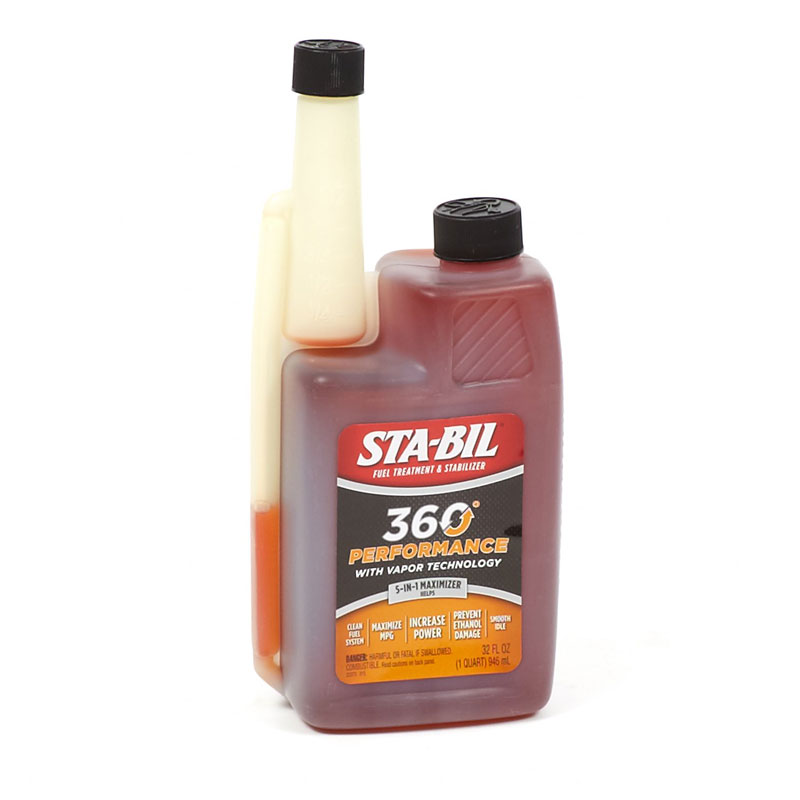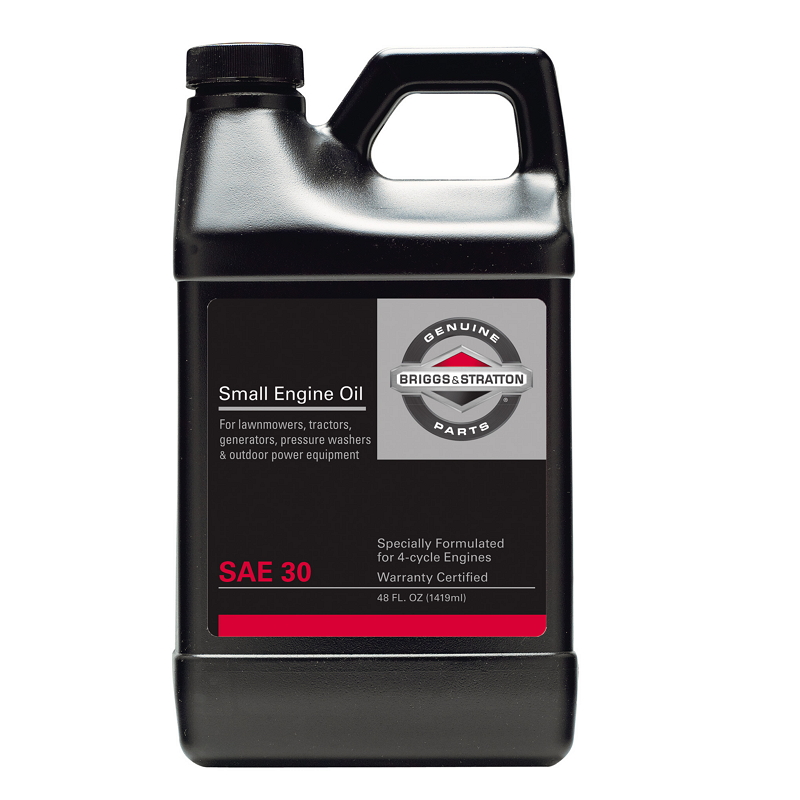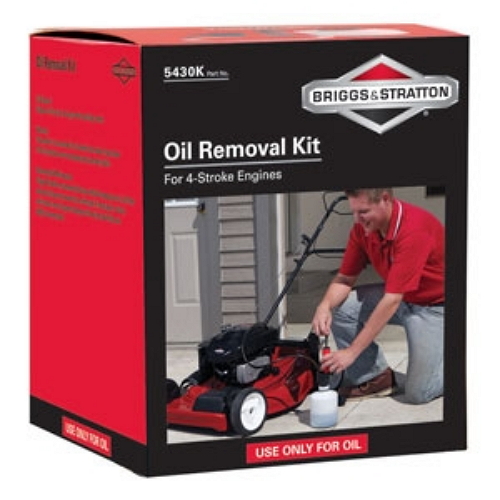How to test and repair small engine ignition system problems?
Quick Links:
The ignition system generates the spark needed to ignite the air/fuel mixture for your small engine. Whether you start the engine with a pull rope or the turn of a key on an electric start motor, you're relying on the ignition system to produce a spark inside the combustion chamber.
When you start your lawn mower or small engine, the rotation of the flywheel causes its magnets to pass the coil (or armature). This creates a spark. The correct placement of the ignition system coordinates the timing so that the spark will ignite the air-fuel mixture in the combustion chamber just as it reaches maximum compression in each engine cycle- thus, maximizing the engine’s power.
Once the engine is running, the flywheel keeps rotating, the magnets keep passing the coil and the spark plug keep firing based on a specific timing.
Types of Ignition Systems
Solid-state systems: the more modern option, these systems use a tiny transistor in the coil or armature to close the electrical circuit that travels through the spark plug lead to the spark plug(s)
Breaker point systems: used on engines made before 1980, these systems use a mechanical switch instead of a transistor to close the electrical circuit used to produce a spark
The coil is probably the easiest thing to check and therefore the first thing to check when embarking upon ignition system troubleshooting.
Testing the Coil or Armature
Clip one end of the spark tester (service part number 19368) to the ignition cable and the other grounded to the cylinder head
Rotate the flywheel rapidly using the recoil or electric stater (at least 350 RPM) and watch for spark in the tester window
If the spark jumps the tester gap, your ignition coil is working fine. If not, it needs to be replaced.
Engine quits while running? If engine dies while operating, ignition coil failure is possible. Testing for spark at this time may show an ignition coil failure.
Common Mistakes When Testing Coils
Be sure to unhook the coil from the equipment wiring harness as well as the engine's wiring harness and use the spark tester. Make sure the coil grounding/kill wire is not rubbed through or pinched and shorting out against a piece of sheet metal
Attach coil wire to tester and tester to ground for this test, DO NOT attach to spark plug for this test as the engine may start. Without the grounding lead installed, you won't be able to turn it off
Replacing Ignition Coils or Armatures
An ignition armature must be set at a precise distance from the flywheel. Your engine repair manual will provide the proper gap for your engine. If you do not have repair manual contact your local dealer for the correct specification. Common armature gap ranges are .006 - .010" and .010 - .014". Armatures are often packaged with a thick piece of paper to assist in setting the gap.
Remove blower housing. Disconnect battery ground first (if equipped). Then, disconnect the ignition coil wire and secure away from spark plug. Remove the old ignition coil (armature) mounting screws
Disconnect the stop switch wire from the flywheel brake or other stop switch and remove the coil/armature
Attach a replacement ignition coil/armature loosely using mounting screws
Push the coil (armature) away from the flywheel and tighten one screw
Turn the flywheel so the magnets are on the opposite side from the ignition coil (armature)
Place the appropriate shim between the rim of the flywheel and the ignition armature. While holding the shim, turn the flywheel until the magnets are directly adjacent to the armature
Loosen the tight screw so the magnets pull the ignition armature against the flywheel and shim. Then, tighten both mounting screws and rotate the flywheel until the shim slips free
Reconnect the stop switch
Insert the spark plug lead on one end of a spark tester and attach the tester's alligator clip to ground, such as an engine bolt
Place the equipment stop switch control in the OFF or STOP position. If the engine is not connected to the equipment, ground the stop switch wire to the cylinder
Attempt to start the engine using the rewind cord or key (if equipped)
There should be no spark. If a spark appears, inspect the stop switch for damage
Place the stop switch control in RUN or START position
If the engine is not connected to the equipment, make sure the stop switch wire is not grounded
Attempt to start the engine
A spark should be visible in the tester. If no spark appears, check for broken wires, shorts, grounds or a defective stop switch.
Once you have confirmed that the stop switch is working, reconnect the spark plug lead.
Because the ignition module is electronic and does not utilize moving components, it is normally one of the most reliable part of the engine. When it does fail, it is usually due to heat caused by plugged cooling fins or improper wiring of the ground wire to battery voltage.
If the engine does not produce spark, other areas of the ignition system should be checked before focusing on the ignition module as source of failure (see above).
If no fault is discovered, the ignition module itself may need to be examined. To best determine the cause of failure, please consult an Authorized Dealer.
Common Flywheel Problems
If you are experiencing ignition timing issues, this is most often due to a sheared flywheel key. You can also test the flywheel magnets for any potential issues.
For information regarding this, please visit our Inspecting the Flywheel and Key FAQ.
Common Spark Plug Problems
The correct spark plug, spark plug gap, and voltage can vary depending on temperature, altitude and your engine settings. Please refer to your operator's manual for more information
Old, damaged or fouled spark plugs can also require service or replacement
WARNING: Always read the engine and equipment manual(s) before starting, operating, or servicing your engine or equipment to avoid personal injury or property damage. See an authorized dealer if you are unsure of any procedure or have additional questions. Find all Engine Safety Warnings
Shop Related Maintenance Parts
HOW-TO ARTICLES
Learn how to properly and safely use, troubleshoot and maintain your Briggs & Stratton equipment.
VIDEOS
Learn about the latest products, step-by-step instructions on how to locate your engine model number and more.





